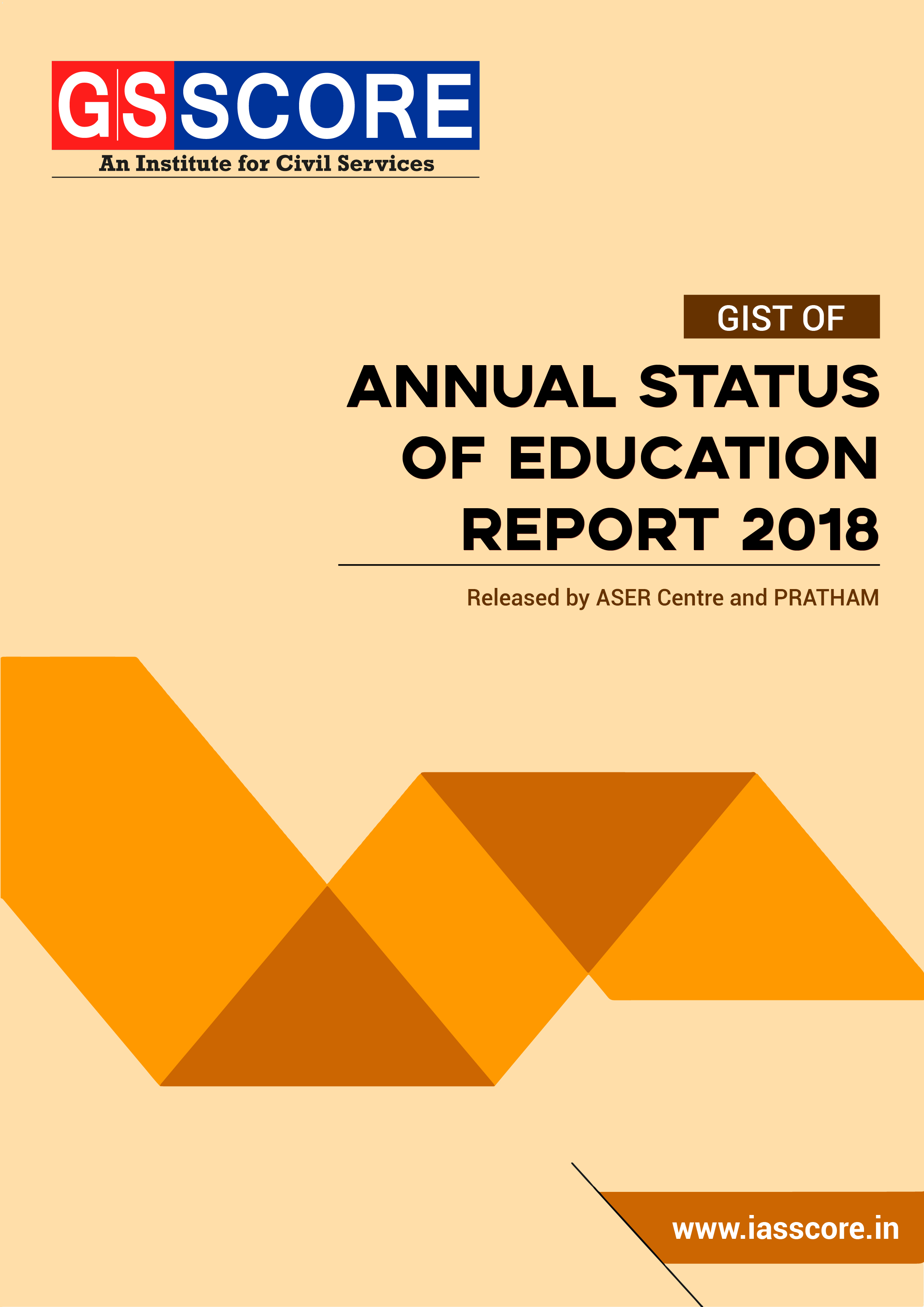


UPSC Exam is all about proper strategy, dedication and consistent endeavor in the right direction with authentic and reliable study material. Government and renowned international reports form a very important source for grasping the conceptual clarity of contemporary national and international issues/topics. However, it is a daunting task to comprehend a report that runs through hundreds of pages. It becomes difficult for the students in time crunch situations particularly during UPSC Mains Examinations.
In order to ease the burden over aspirants, GSSCORE has come up with a series of summary of important national and international reports in a crisp and comprehensive manner. Underlining the importance of reports and indexes for PT and Mains, GSSCORE provides a comprehensive summary of important reports of national and international repute. The summary of the report by GSSCORE would save the time and energy of the UPSC aspirants and enable them to quickly cover the syllabus.
- The following summary of the report titled “Annual Status of Education Report (Rural) 2018” by ASER Centre and PRATHAM is in one among the series of summaries created by GSSCORE on various reports.
- The report gives us a brief idea on Schooling enrollment and attendance in government schools based on sample surveys along with skill enhancement status and facilities been provided.
- It gives an overview on schooling infrastructure as a whole and the provision of Right to Education Act.
- The report underscores the recent developments in achieving these goals.
- Educational Reports are important topic both for UPSC Preliminary as well as Mains. So going through the GSSCORE summary of the report becomes imperative for UPSC aspirants.
Related Articles

